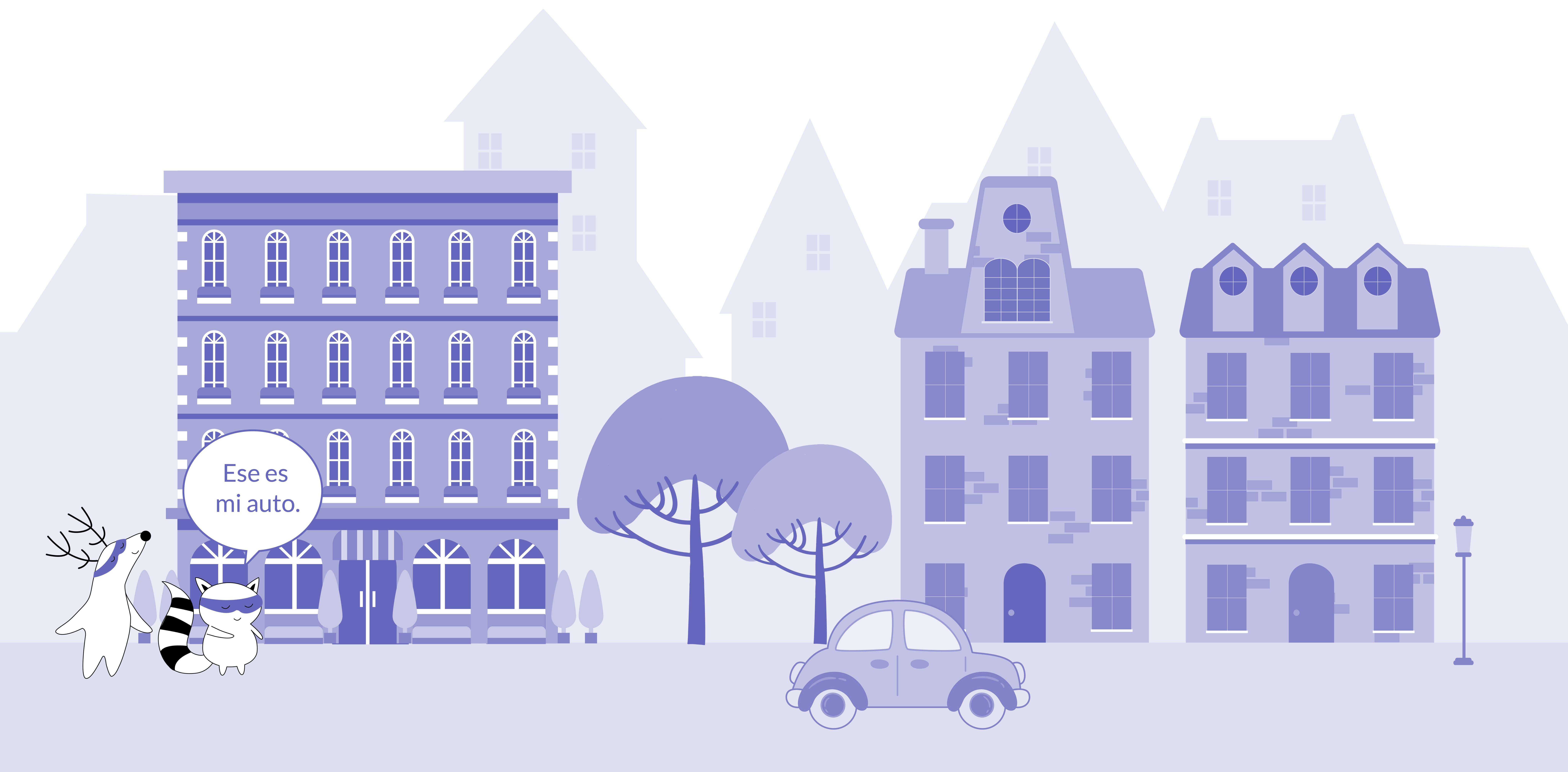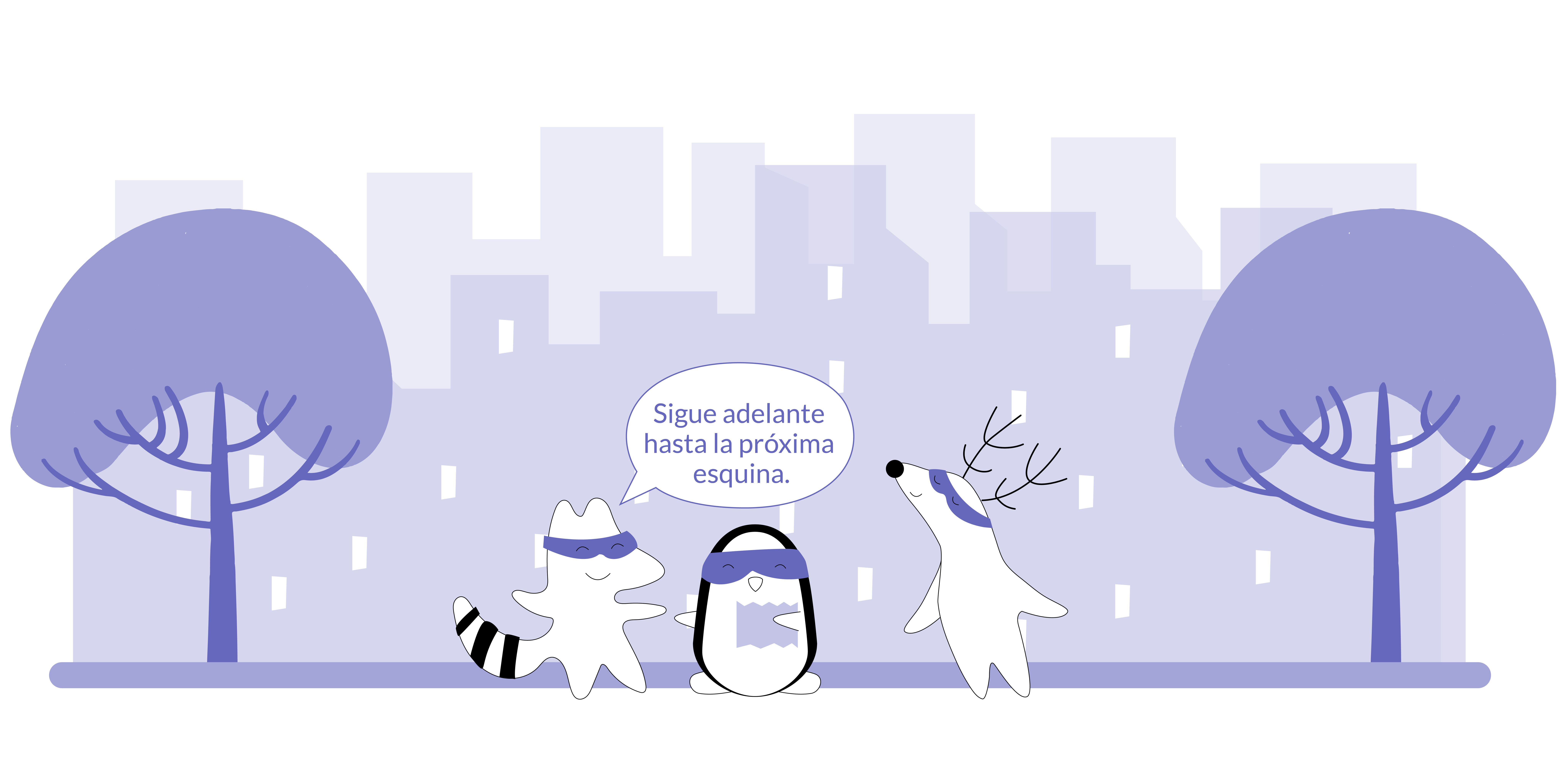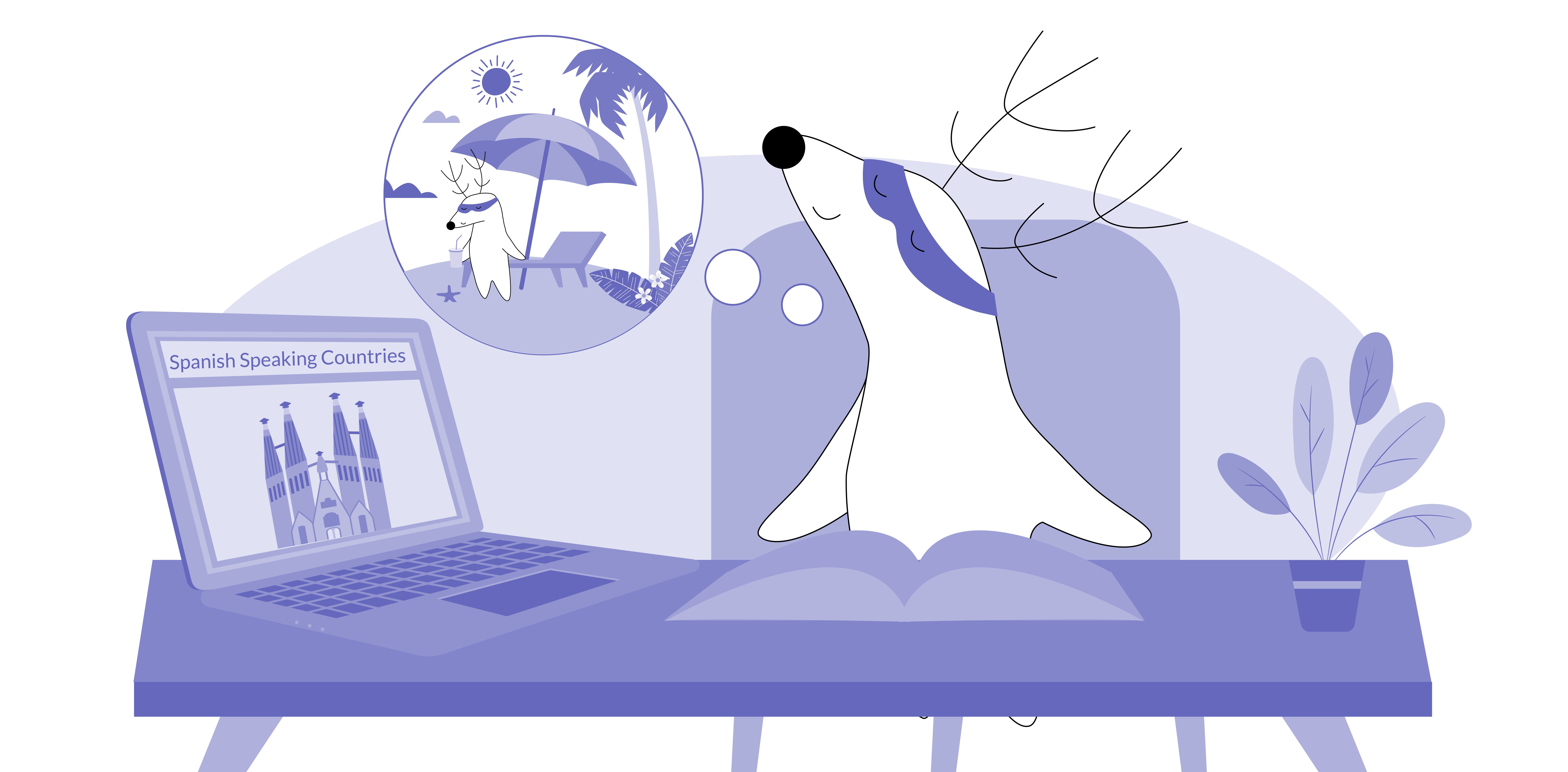 What," "Por qué —> Why," and "Quién —> Who.""
height="133"
width="270"
loading="eager"
decoding="async"
sizes="(min-width: 1000px) 832px, calc(100vw - 32px)"/>
What," "Por qué —> Why," and "Quién —> Who.""
height="133"
width="270"
loading="eager"
decoding="async"
sizes="(min-width: 1000px) 832px, calc(100vw - 32px)"/>
When it comes to learning a new language, one of the most fundamental words to master is "what." In Spanish, the word "what" can be translated into several different expressions depending on the context and the tone of the conversation.
Understanding the nuances of these variations can greatly enhance your ability to communicate effectively in Spanish. In this article, we will explore the best ways to say "what" in Spanish, complete with audio examples for each variation.
Learn Spanish with Langster
Meaning & Use of the Word Qué
In Spanish, the word qué is an interrogative pronoun and an interrogative adjective, depending on how it is used in a sentence. Let's break down both of these functions:
Interrogative Pronoun
As an interrogative pronoun, qué is used to ask questions and inquire about unknown information or details. It serves as a stand-alone word that replaces the thing or idea being questioned.
In English, qué is typically translated as "what." Here are some example sentences using qué as an interrogative pronoun:
Spanish
English
¿Qué es esto?
What is this?
¿Qué quieres comer?
What do you want to eat?
¿Qué hora es?
What time is it?
Interrogative Adjective
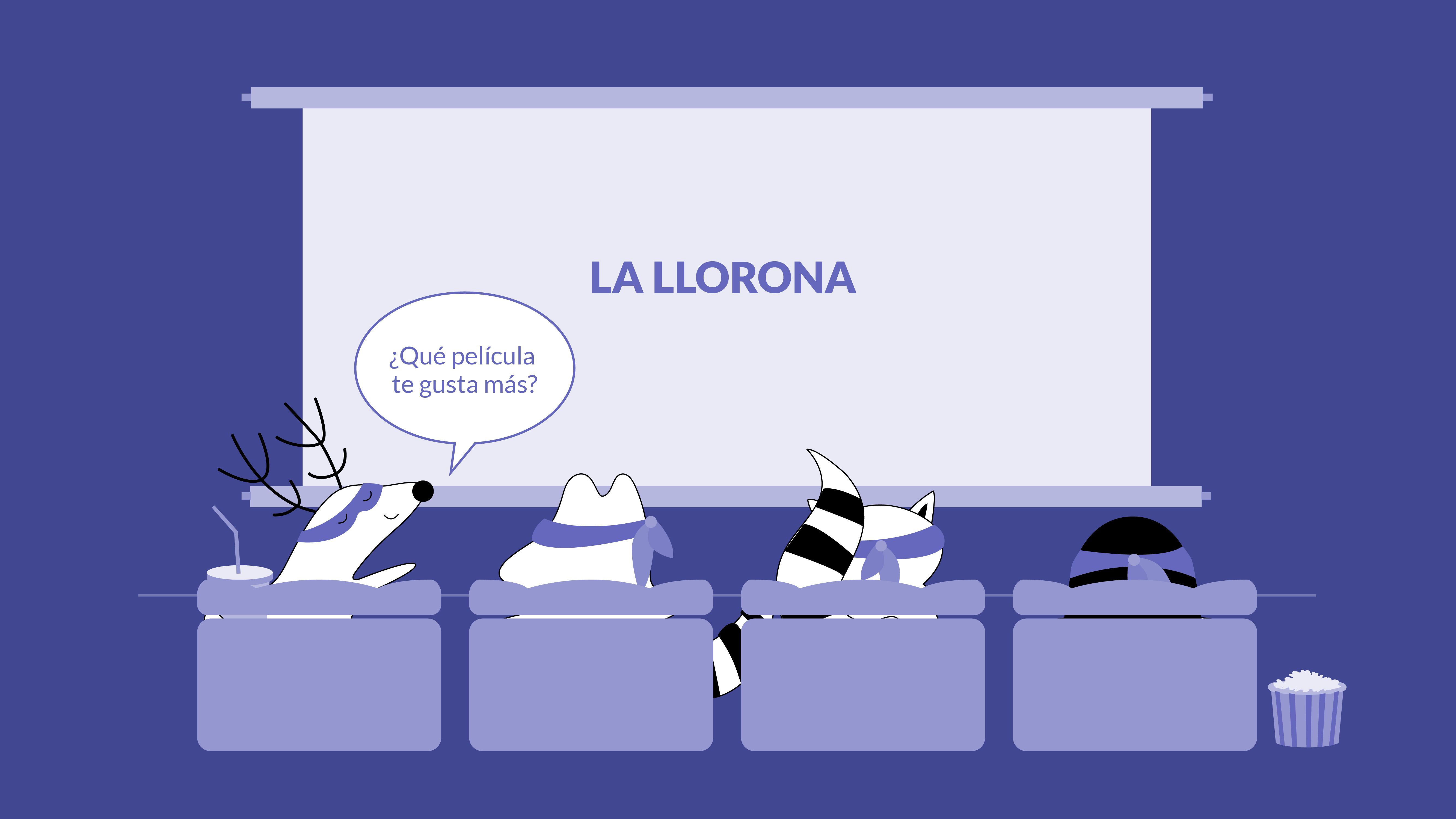
As an interrogative adjective, qué with an accent mark is used to modify a noun and form a question about the identity, quality, or type of the noun it accompanies. In this usage, it often follows the noun and is commonly found in exclamatory questions. Here are some example sentences using qué as an interrogative adjective:
Spanish
English
¿Qué película te gusta?
What movie do you like?
¡Qué perro tan bonito! ¿Cómo se llama?
What a beautiful dog! What is his name?
In both cases, qué is an essential word for asking questions, seeking clarification, or expressing curiosity in Spanish conversations. Its flexible usage makes it a versatile tool for communication.
Different Ways to Say "What" in Spanish & Other Related Words
Join us in this exploration as we delve into five distinct ways to convey the concept of "what" in Spanish. From casual greetings to choices and inquiries, discover the multifaceted nature of these linguistic expressions that breathe life into conversations.
Embark on a journey through the linguistic landscape of Spanish as we unveil the many captivating forms of the question "what."
¿Qué? - The Standard "What"
The most common way to say "what" in Spanish is ¿Qué? This versatile word is used in a wide range of situations and is suitable for both formal and informal conversations.
Here are a few examples:
Spanish
English
¿Qué es esto?
What is this?
¿Qué dijiste? No puede ser verdad
What did you say? It can be true.
¿Por qué? - Asking "Why?"
Por qué is a Spanish expression that means "why." It is used to ask questions inquiring about the reason, cause, or motive behind a particular situation, action, or event. This phrase is composed of two words: por, which means "for" or "because of," and qué, which means "what" en español.
Here are the primary uses of por qué in Spanish:
Asking for Explanations

The most common use of por qué is to ask for explanations or reasons behind something. It is often used in everyday conversations to seek clarification about the cause of a situation.
Spanish
English
¿Por qué llegaste tarde?
Why did you arrive late?
No entiendo por qué está triste./ [I don't understand why he
I don't understand why he/she is sad.
¿Por qué no fuiste a la reunión? Por favor dime.
Why didn't you go to the meeting? Please tell me.
Cause and Effect
Por qué can also be used to discuss cause and effect relationships. It helps to explore the reasons that lead to a particular outcome.
Spanish
English
No puedo salir contigo esta noche por lo que tengo que estudiar.
I can't go out with you tonight because I have to study.
No voy a la fiesta por qué estoy enfermo, es la verdad.
I'm not going to the party because I'm sick, it's the truth.
¿A qué vas a su casa?
Why are you going to his house?
Distinguishing Options
Por qué can sometimes be used to distinguish between different options or choices by asking why one option is preferable over another.
Spanish
English
Explícame por qué debería elegir esta universidad en lugar de la otra. ¿Còmo se llama?
Explain to me why I should choose this university over the other one. What is its name?
Remember that por qué is used specifically to ask questions related to reasons and causes.
If you're asking "what" or inquiring about a specific thing, you would just use qué, such as in direct questions like:
Spanish
English
¿Qué estás haciendo?
What are you doing?
¿Qué tal? - Asking "How's It Going?"
In many Spanish-speaking countries, ¿Qué tal? is a common greeting that serves as a casual way to ask "How's it going?" or "What's up?"
While it's not a direct translation of the English word "what," it's important to recognize its usage as an equivalent phrase in Spanish.
Spanish
English
¡Hola! ¿Qué tal?
Hi! How's it going?
¿Qué tal tu día?
How's your day?
¿Cuál? - When "What" Means "Which"
In situations where the English word "what" refers to a choice between options, the Spanish equivalent is ¿Cuál?
This helps to clarify that you're selecting from a specific set of choices.
Spanish
English
¿Cuál prefieres?
Which do you prefer?
¿Cuál es tu color favorito?
What is your favorite color?
¿Qué pasa? - When "What" Means "What's Happening"
Similar to ¿Qué tal?, ¿Qué pasa? is another informal way to say "What's happening?" or "What's going on?"
It's commonly used among friends and acquaintances.
Spanish
English
¡Hola! ¿Qué pasa? ¿Cómo estás?
Hi! What's happening?
¿Qué pasa en la ciudad hoy?
What's going on in the city today?
The Difference Between Qué and Que
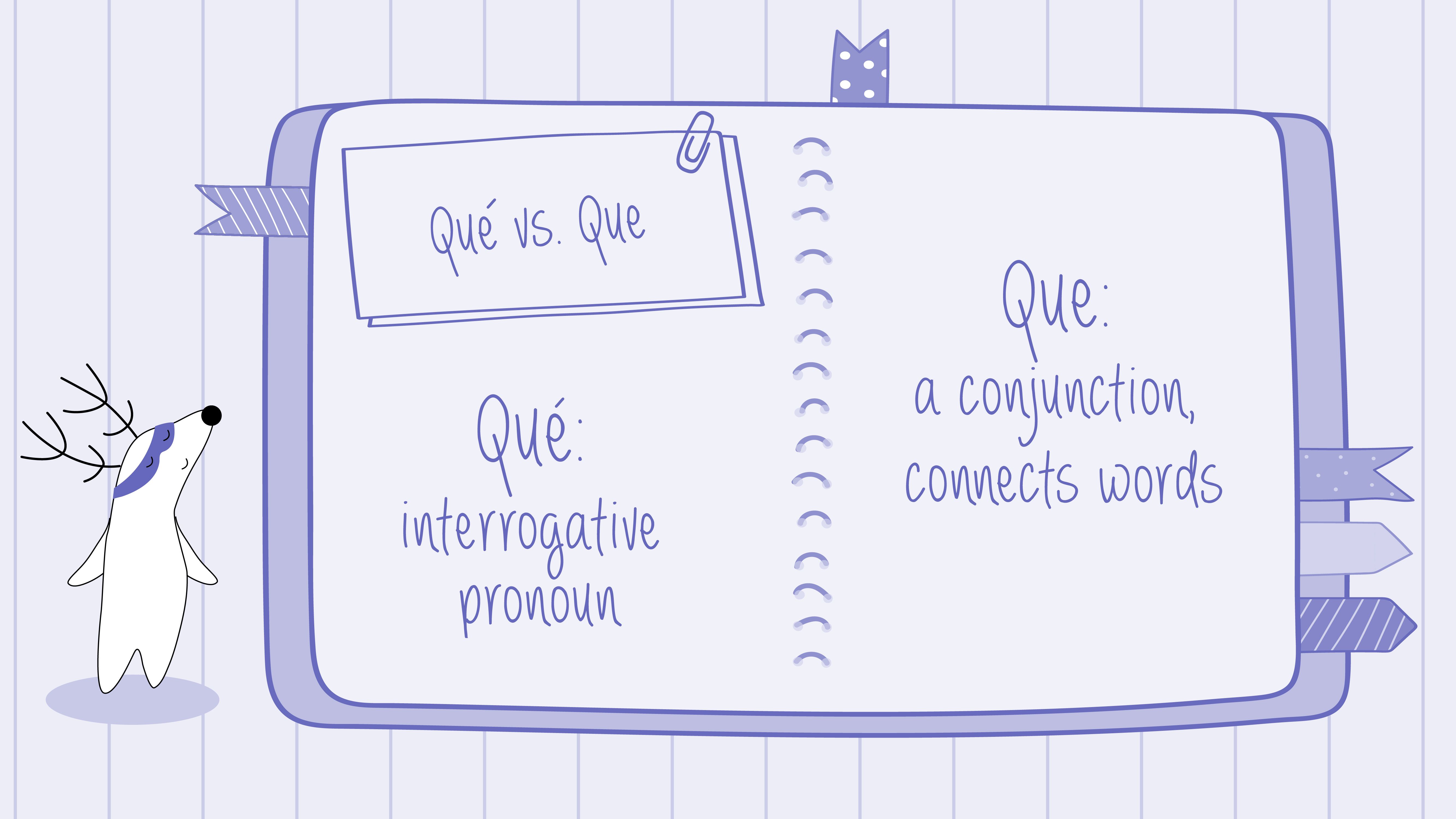
The distinction between que and qué in Spanish is crucial, as they have different meanings and functions. Despite their similar appearance, they serve different purposes in sentences:
Que
This is a conjunction in Spanish, which means it is used to connect words, phrases, or clauses within a sentence.
It doesn't carry the meaning of "what" by itself; instead, many times it acts as a relative pronoun.
Spanish
English
Es el café que te gusta.
It's the coffee you like.
Dijo que vendría mañana./ [He/she said that he
He/she said that he/she would come tomorrow.
Quiero que estudies para el examen.
I want you to study for the exam.
El libro que compré es interesante.
The book that I bought is interesting.
Qué
This is an interrogative pronoun or an interrogative adjective, as explained in the previous section .
It is used to ask questions, inquire about unknown information, or emphasize qualities.
Spanish
English
¿Qué estás haciendo?
What are you doing?
No sé qué película ver.
I don't know what movie to watch.
¡Qué bonito es este lugar!
How beautiful this place is!
The Bottom Line

In the exciting journey of learning Spanish or any new language, mastering fundamental words like "what" is an essential step toward becoming a confident communicator. Now, you might be wondering, "How can I continue to improve my Spanish language skills?" The answer lies in dedicated practice and the right tools.
Language learning apps like Langster, which immerse you in real-life stories, provide an engaging and effective way to further enhance your language proficiency. By exposing yourself to authentic language usage and context, you'll not only reinforce what you've learned but also gain a deeper understanding of how language is spoken in everyday life.
Learn Spanish with Langster







